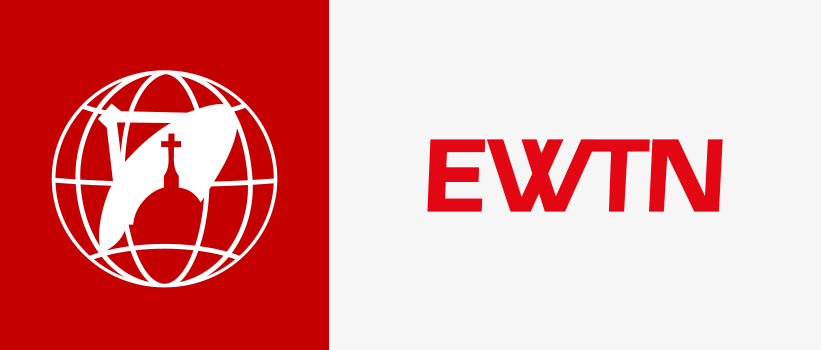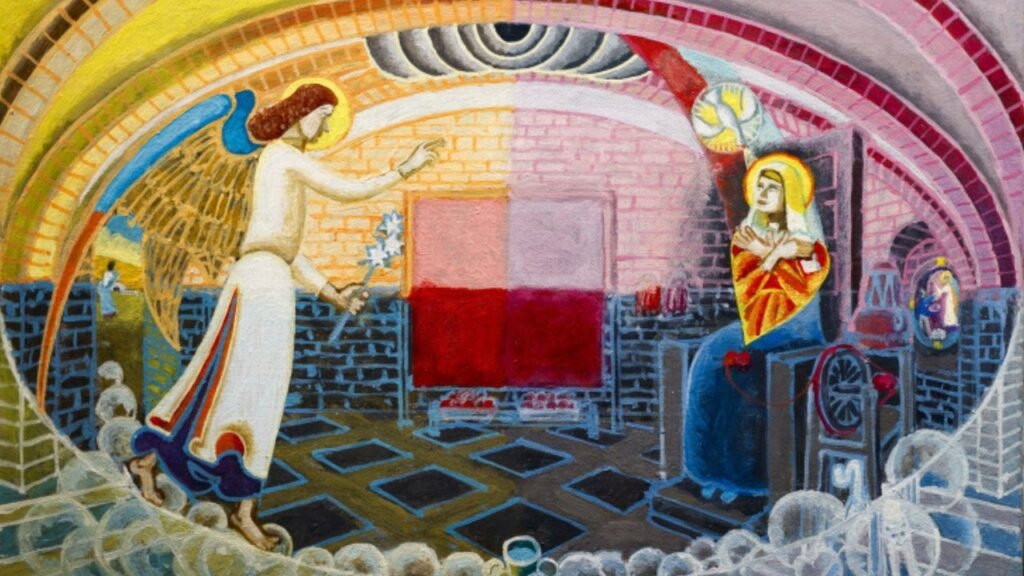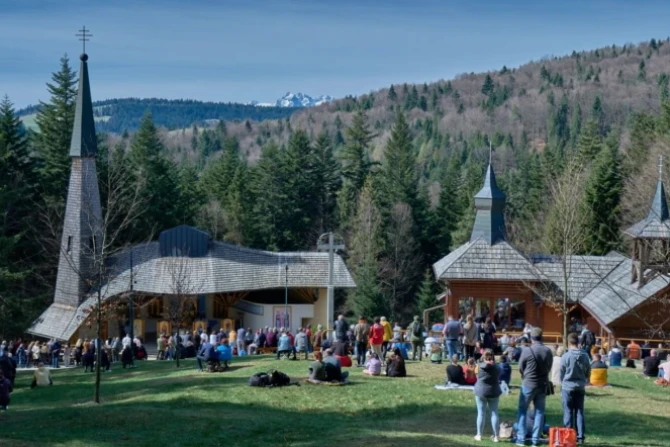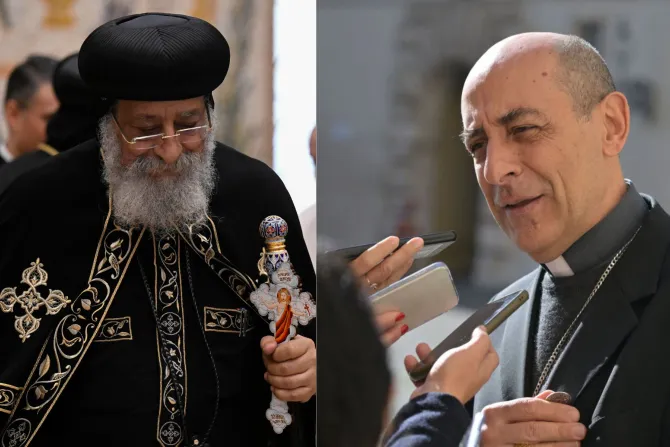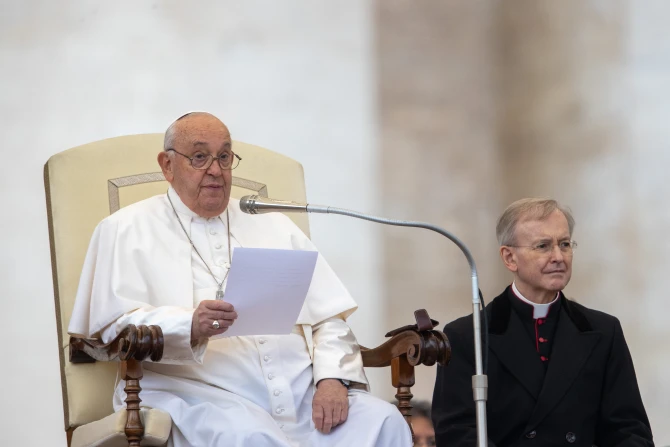A beautiful artistic event set in the stunning interiors of the Museums of San Salvatore in Lauro in Rome marks the third edition of a remarkable project aimed at reviving sacred art, titled “Let’s Paint Catholicism Again.” In response to the dramatic decline of the tradition of Western religious painting, a group of international intellectuals has launched a 21-year initiative that brings together artists, theologians, and art critics in a shared effort to renew the visual language of Catholicism for the modern era.
Dariusz Karlowicz, President of the St. Nicolas Foundation, explained:
“We decided to follow the mysteries of the Holy Rosary, creating a new painting for each mystery every year. Some may ask whether the masterpieces of the past aren’t enough. We believe they are not. Each generation must express the Christian mysteries in the visual language of its own time. That is exactly what we are doing.”
In the current edition twenty painters were tasked with interpreting the Second Mystery of the Rosary: the Visitation of the Blessed Virgin Mary to St. Elisabeth. Each artist created two pieces: one intended for placement inside a church, and another designed for private devotion.
The works depict a very special encounter between two women—both miraculously expecting a child—meeting under extraordinary personal circumstances.
Fr. Dominik Jurczak is the Dean of Theology at the “Angelicum,” and noted:
“Theologically speaking, this encounter gives rise to the joy of a meeting between the elderly woman expecting her baby and the young woman, who believed in the word, listened to it, and opened her ears to hear the word that became flesh. So, in this whole situation, it is a situation of joy, it is truly an encounter with God himself.”
The exhibition is run by the St. John Paul II Institute of Culture at the Pontifical University of St Thomas Aquinas, well-known as the Angelicum, in Rome, and the Saint Nicholas Foundation from Poland in collaboration with the John Paul II Vatican Foundation.
Fr. Paweł Ptasznik is the President of the John Paul II Vatican Foundation. He explained:
“During the presentation, I quoted several passages (from the letter of pope John Paul II to artists) in which he asked men of culture, painters, and all those who have the ability to create beauty to continue this work also in dialogue with the Church. This seems very important to us, especially in our times, when we notice also a movement that opposes Christian culture and does not even want to hear about God, who is the creator of all beauty.”
The official presentation of 20 contemporary paintings of the Visitation, accompanied by a concert by the Sistine Chapel Quartet in the Vatican, drew large crowds, including many students from the Angelicum, who were captivated by both the beauty of the exhibition and the concept behind the artworks.
Therese Crisman is one such student, who particularly loves, “to meditate on this mystery of the rosary, to imagine the relationship between Mary and Elizabeth coming together to celebrate the life that both of them are bringing into the world. ”
“And I think that this project is very much needed in our culture today because we’re starving for beauty, we’re starving for the truth,” she added. “And I think that art allows us to understand the truth.”
The truth that can be discovered by meditating on the beauty of these paintings—often inspired by the great masterpieces of the past.
Ewa Czwartos is an artist from Poland. She shared:
“In my work, I am inspired by Italian painting, in particular the paintings of Sandro Botticelli, and in this painting, I was particularly inspired by the work ‘Madonna del Magnificat,’ where Mary is holding the baby Jesus. I wanted to show this gesture here.”
The exhibition is part of the official program of events for the Jubilee Year 2025, held under the patronage of the Vatican Dicasteries for Evangelization and for Culture and Education.
The artists and organizers had the honor of presenting one of the paintings to Pope Leo XIV during an audience in Saint Peter’s Square, where they shared with the Holy Father the vision and message of the entire project. The Pope graciously blessed the initiative, offering his support for its mission to renew the tradition of sacred art in today’s world.
Karlowicz asked: “Why sacred art cannot fall? Because it’s part of a Church tradition. It helps us understand the mystery of Christianity and contributes to the Christian imagination, without which Christianity will become mute. I’m absolutely sure art is not a luxury, it is a necessity.”
Adapted by Jacob Stein. Produced by Alexey Gotovsky; Camera by Fabio Gonnella.
